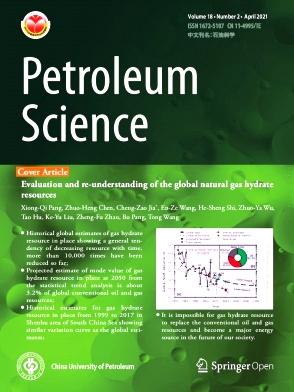Mechanisms of water layer thickness and ullage height on crude oil boilover: A theoretical model coupling the effects of multiple physical fields
IF 6
1区 工程技术
Q2 ENERGY & FUELS
引用次数: 0
Abstract
Boilover is one of the most destructive tank fire scenarios. A series of experiments were conducted using eight different depths of oil pans (ranging from internal depths of 4–20 cm) to vary the water layer thickness and ullage height. The results indicate that the water layer effectively cools the sidewalls, reduces the burning rate, inhibits the development of hot zones, and delays the onset of boilover in small and medium-scale experiments. Conversely, the ullage height affects the burning rate, formation of hot zones, intensity of the boilover, and boilover onset time. Utilizing experimental data and thermodynamic analysis, both water layer thickness and fuel layer thickness were considered as variables to predict sidewall temperature at the fuel surface. These results were then introduced into the burning rate prediction model. A prediction model for the boilover onset time was also developed using the water layer thickness as a variable, and a thermodynamic analysis revealed the existence of a limit to the effect of water layer thickness on the boilover onset time. Bubble dynamics was introduced to analyze the boilover process at the oil-water interface, clarifying that the influence of water layer thickness and ullage height on boilover intensity primarily lies in factors such as the degree of superheat at the fuel-water interface. The study's findings hold significant implications for predicting and assessing fire accidents in storage tanks.
求助全文
约1分钟内获得全文
求助全文
来源期刊

Petroleum Science
地学-地球化学与地球物理
CiteScore
7.70
自引率
16.10%
发文量
311
审稿时长
63 days
期刊介绍:
Petroleum Science is the only English journal in China on petroleum science and technology that is intended for professionals engaged in petroleum science research and technical applications all over the world, as well as the managerial personnel of oil companies. It covers petroleum geology, petroleum geophysics, petroleum engineering, petrochemistry & chemical engineering, petroleum mechanics, and economic management. It aims to introduce the latest results in oil industry research in China, promote cooperation in petroleum science research between China and the rest of the world, and build a bridge for scientific communication between China and the world.
 求助内容:
求助内容: 应助结果提醒方式:
应助结果提醒方式:


